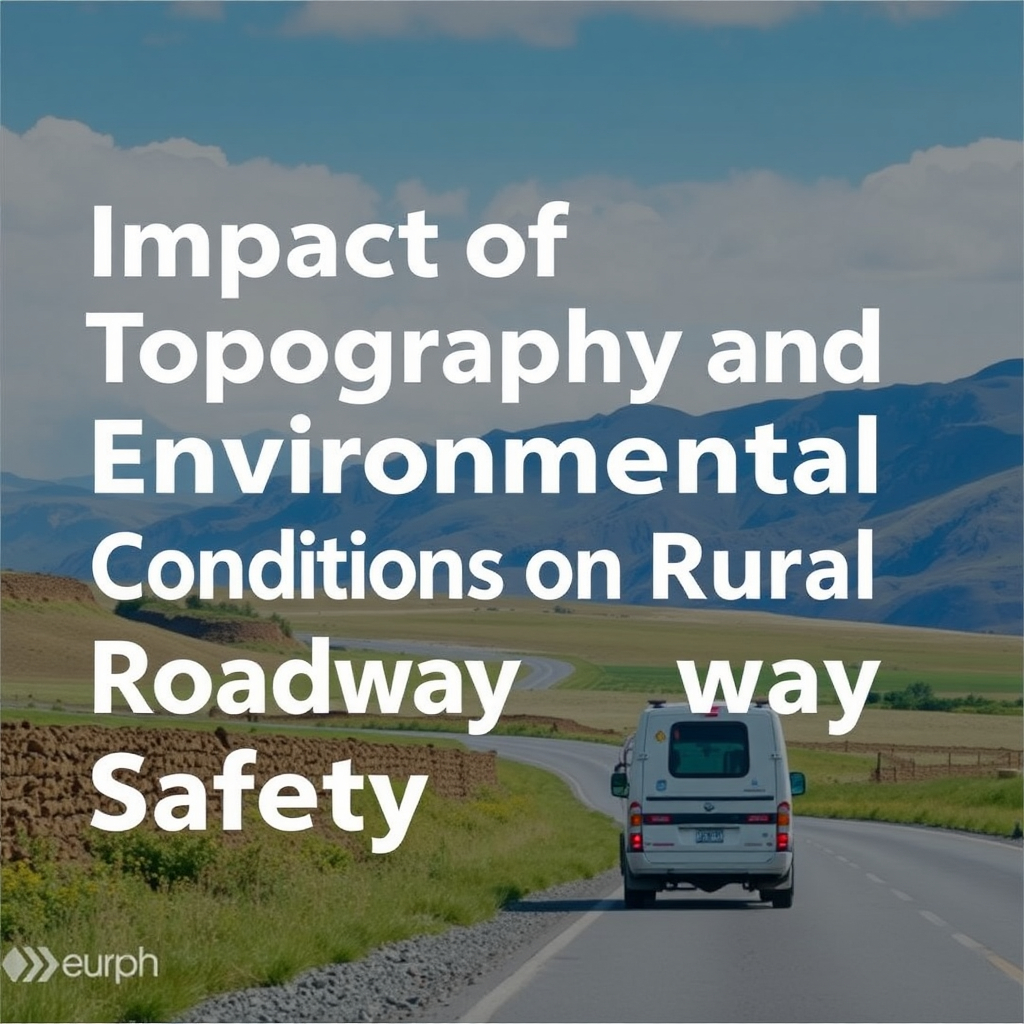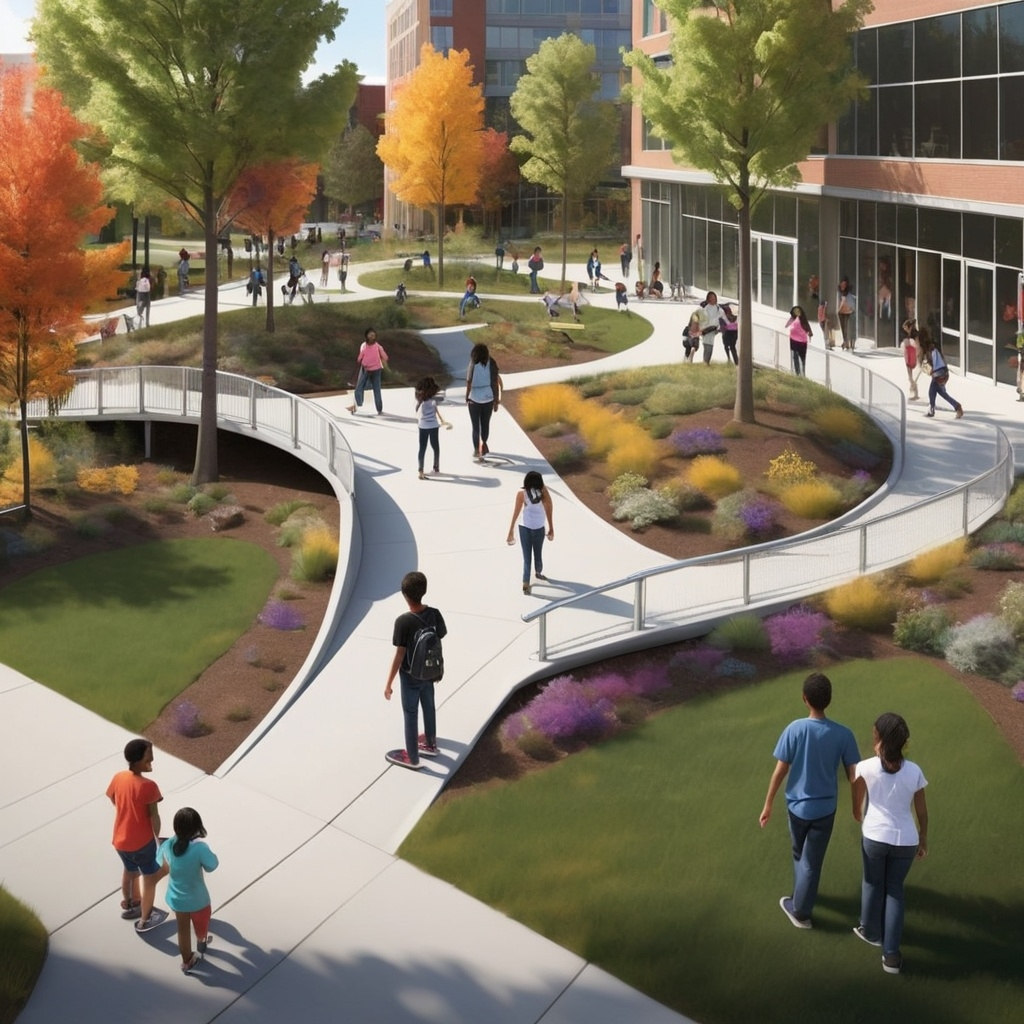Safety Analysis and Design Nexus: Bridging Theory and Practice
This REU site offers undergraduate students a unique opportunity to participate in cutting-edge engineering research focused on safety analysis and design across diverse industries. Running from May 20th to July 26th, 2025, this 10-week program provides participants with mentorship from renowned faculty in Mechanical, Industrial, Biomedical, Civil Engineering, and Computer Science. Students from four-year degree-granting institutions, two-year colleges, and community colleges across the U.S. are encouraged to apply, regardless of prior STEM experience. Participants will engage in a dynamic learning environment featuring themed seminars, professional development sessions, technical and career workshops, and hands-on exposure through laboratory and industry visits. This NSF REU site’s experiential learning framework immerses students in real-world scenarios, equipping them with the practical skills and interdisciplinary competencies highly valued by employers in safety-focused engineering sectors.
Impact of Topography and Environmental Conditions on Rural Roadway Safety
To investigate the relationship between specific topographical features and crash rates in rural areas, evaluate the influence of weather-related factors such as fog, rain, and ice, and design topography-specific safety strategies. The study will also assess how these factors interact with socio-economic, socio-technical, and demographic contexts to inform equitable and effective safety interventions for diverse rural communities.


Ensuring Psychological Safety in Virtual Reality Training Applications
Virtual reality use for training is on the rise. While it can be beneficial for its effective delivery of content, it is important to make sure the applications are designed in such a way that is psychologically safe and healthy for users. This project has two parts: The first part involves understanding the aspects of psychological safety (in the workplace) and devising design suggestions for virtual reality training applications. The second part involves building an example application that implements some of the example designs designated in the first part
Enhancing Ergonomic Safety in Construction with Machine Learning
Develop a Machine Learning (ML)-driven system to analyze and improve ergonomic safety in construction projects. The project aims to identify and mitigate ergonomic risks associated with design elements, construction tasks, and workflows, reducing musculoskeletal injuries and improving worker well-being.


Root Cause Analysis and Preventive Strategies in Safety Incidents at Metal Manufacturing Facilities.
Accident investigation is a critical aspect of safety management, aimed at uncovering the underlying causes of accidents or failures in equipment or personnel. This process helps prevent the recurrence of such incidents, ultimately reducing organizational losses due to direct and indirect costs associated with accidents. The objective of this project is to equip students with hands-on experience in accident investigation techniques and to cultivate their ability to develop effective corrective actions for preventing future accidents.
Nano-Enabled Safety Technology (NEST) via Green Biofabrication.
Non-STEM students will engage in a project focused on biofabrication, a rapidly growing field with substantial environmental and health implications compared to conventional processes. Particularly, they will delve into the technique of electrospinning. The conventional electrospinning method employs hazardous organic solvents, impeding its wider application and clinical translation. The students will explore an alternative approach known as green electrospinning, which uses environmentally friendly solvents. They will experiment with two biopolymers, examining biosafe solvents and various process parameters such as voltage, distance between electrospinning needle and collector, viscosity of polymers in solvents, and nozzle size. Through this research, non-STEM students will contribute to the advancement of biofabrication techniques with an emphasis on environmental sustainability and health considerations.


Enhancing Occupational Safety Through Industrial Hygiene and Industry Engagement
The Industrial Hygiene project addresses the pressing concern of safeguarding workers’ well-being against occupational noise hazards, a prevalent issue in the American workplace. With millions exposed to hazardous noise, it’s crucial to equip students with knowledge and practical skills in noise assessment and control.
Safe Unity Park (SUP): Embracing Diversity through Inclusive and Safe Design
In response to the growing need for inclusive and safe community spaces, the SUP project aims to engage non-STEM students in safety analysis and engineering design. Focusing on creating an accessible community park that caters to a diverse range of community members, including children, the elderly, and individuals with disabilities, the project seeks to bridge safety engineering principles with practical design solutions. By merging safety analysis, engineering design, and community engagement, this project seeks to empower students with valuable skills while contributing to the creation of a welcoming and universally accessible public space.


Investigating Oncogene Expression in Electrospun Cancer Cells: A Genotypic Analysis
In this project, our objective is to electrospin cancer cells and study their genotype to determine the expression levels of oncogenes. Electrospinning is a versatile technique that can be used to produce nanostructured materials, including cell-laden scaffolds for tissue engineering and drug delivery applications. By electrospinning cancer cells onto substrates, we aim to create a model system that closely mimics the tumor microenvironment, allowing for the investigation of oncogene expression in a controlled setting.
| NSF Org: | EEC Div Of Engineering Education and Centers |
| Recipient: | MARSHALL UNIVERSITY RESEARCH CORPORATION |
| Initial Amendment Date: | June 27, 2024 |
| Latest Amendment Date: | June 27, 2024 |
| Award Number: | 2347252 |
| Award Instrument: | Standard Grant |
| Program Manager: | Patricia Simmons psimmons@nsf.gov (703)292-5143 EEC Div Of Engineering Education and Centers ENG Directorate For Engineering |
| Start Date: | May 15, 2024 |
| End Date: | April 30, 2027 (Estimated) |
| Total Intended Award Amount: | £352,310.00 |
| Total Awarded Amount to Date: | £352,310.00 |
| Funds Obligated to Date: | FY 2024 = £352,310.00 |
| History of Investigator: |
|
| Recipient Sponsored Research Office: | Marshall University Research Corporation 1 JOHN MARSHALL DR HUNTINGTON WV US 25755-0002 (304)696-4837 |
| Sponsor Congressional District: | 01 |
| Primary Place of Performance: | Marshall University Research Corporation ONE JOHN MARSHALL DRIVE HUNTINGTON WV US 25755-0002 |
| Primary Place of Performance Congressional District: | 01 |
| Unique Entity Identifier (UEI): | HH1NQ1B5MPV3 |
| Parent UEI: | |
| NSF Program(s): | SSA-Special Studies & Analysis, EPSCoR Co-Funding |
| Primary Program Source: | 01002425DB NSF RESEARCH & RELATED ACTIVIT |
| Program Reference Code(s): | 116E, 9150, 9178, 9250 |
| Program Element Code(s): | 138500, 915000 |
| Award Agency Code: | 4900 |
| Fund Agency Code: | 4900 |
| Assistance Listing Number(s): | 47.041, 47.083 |
Financial Support
For the 10 weeks, participants of our REU site will receive a stipend of $6000. Additionally, financial support will be provided to cover travel, lodging, and meals.
Location
REU participants will stay in student housing on Marshall University‘s main campus in Huntington, WV.
